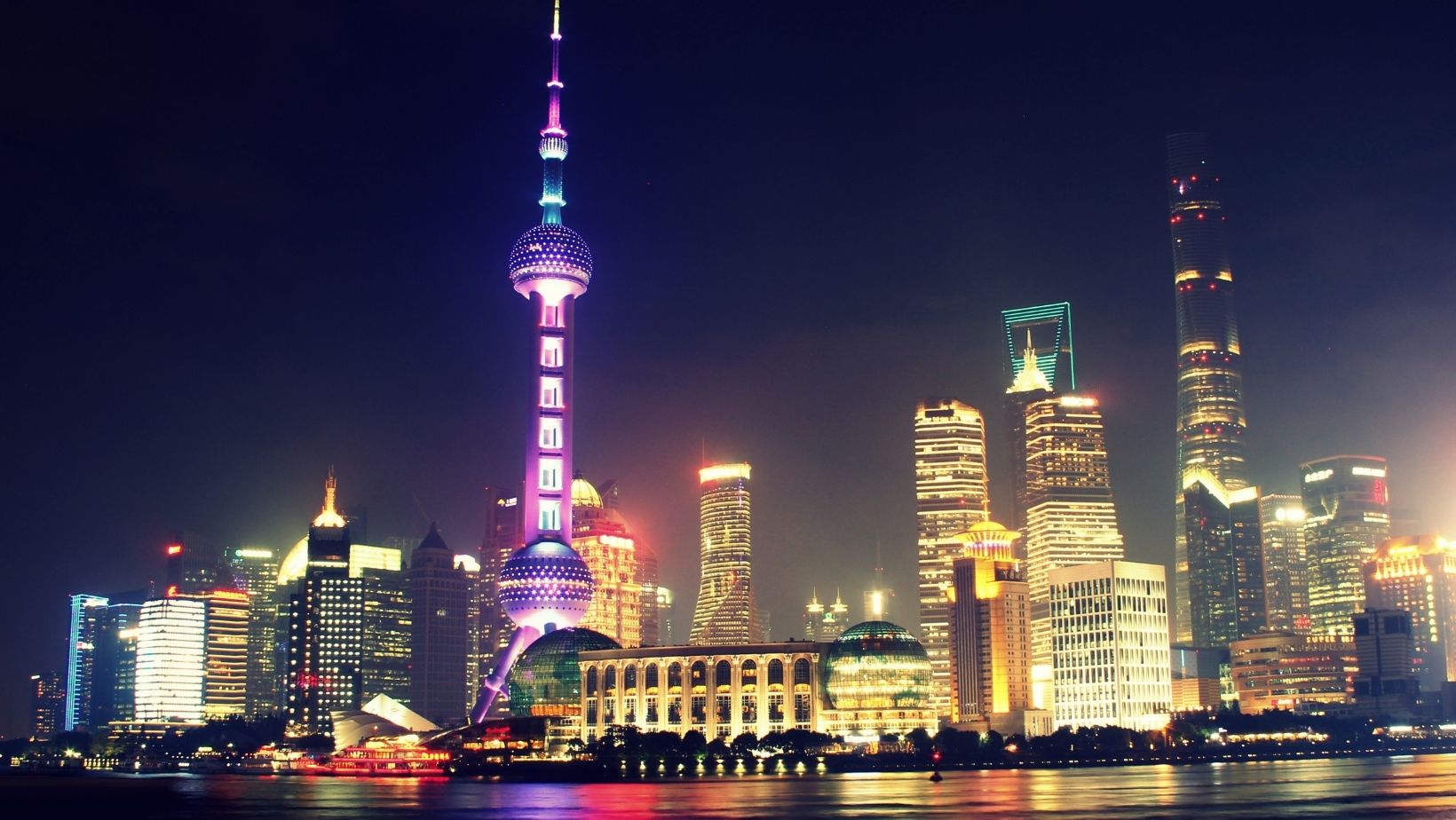China’s journey towards modernization and growth since 1978 has been nothing short of remarkable. With an average GDP growth rate of over 9 percent per year, China has surpassed expectations and become one of the fastest-growing economies in the world.
While this economic growth has undeniably impacted China’s rise as a global superpower, it has also brought achievements in other areas. Over 800 million people have lifted themselves out of poverty, and vital services such as healthcare and education have significantly improved. Business management and wealth consultant Kavan Choksi notes that it’s clear that China’s reforms have been transformative, creating a brighter future for millions of people.
The country has now been classified as upper-middle-income, a testament to its incredible strides in elevating its economic status. However, this is not to say that China’s path to prosperity has been without its hurdles. While it has successfully eradicated extreme poverty, many people remain vulnerable, with incomes below the threshold commonly used to define poverty in upper-middle-income countries. China must address this issue to ensure that its citizens are not left behind and that the country can continue toward economic success.
According to Kavan, investments, low-cost manufacturing, and exports have fueled China’s remarkable economic growth. However, this model has unintended consequences, including economic, social, and environmental imbalances. The good news is that the country recognizes the need for change and is already taking steps to shift its economic structure. Moving towards high-value services, consumption-driven growth, and low-carbon intensity is critical for achieving an all-around sustainable growth trajectory. As one of the largest economies in the world, China’s commitment to driving these shifts will undoubtedly reverberate globally, giving hope for a more sustainable future for all.
China has experienced significant growth over the past few years as the world’s second-largest economy. However, this growth has slowed recently due to various structural constraints, such as a declining labor force, diminishing investment returns, and slowed productivity growth. The challenge moving forward is to identify new growth drivers while also addressing the social and environmental issues created by previous development paths. Finding this balance will be crucial for China’s continued economic prosperity and the well-being of its citizens. As such, policymakers must prioritize sustainable development practices that promote economic growth and social and environmental responsibility.

Over the past few decades, China has experienced an unprecedented economic boom that has left the world in awe. But this tremendous growth has also highlighted some institutional and reform gaps that have become increasingly apparent. The country’s rapid economic expansion has surpassed the development of its institutions, which means that China must address these issues to ensure its high-quality and sustainable growth path. Kavan says that the state’s role must change to provide a stable and fair business environment, strengthen regulatory systems and the rule of law, and ensure equitable access to public services for all citizens. By doing so, China will continue to thrive and remain a global economic powerhouse for years.
As one of the largest countries in the world, China is undeniably central to many regional and global development issues. While the country may not be the primary source of historical cumulative emissions, the sheer volume of annual carbon dioxide and greenhouse gas emissions produced by China accounts for approximately one-third of the world’s overall output. Even more concerning is that per capita emissions in China now surpass those of the European Union, with only the OECD and United States registering higher levels. However, it’s not just China’s environmental impact that demands attention; the country’s growing economy is also a major global player in demand. Therefore, the world must engage with China to solve international environmental challenges and innovate opportunities within this powerful economy.
As one of the world’s largest economies, China’s impact on other developing countries cannot be ignored. Kavan explains that its presence is felt through trade, investment opportunities, and innovation, creating a ripple effect throughout the global community. Despite the complexity of its developmental challenges, such as transitioning to a new growth model, grappling with issues like a rapidly aging population, and building an effective healthcare system, China has remained an influential force in both regional and global spheres. Its pursuit of a lower-carbon energy path also sets an example for other economies to follow in the push for greater sustainability. As other developing countries look to China for guidance and inspiration, its influence shows no signs of slowing down anytime soon.
The world has been watching China’s COVID-19 recovery with keen interest. After a swift reopening following the outbreaks in late 2022, economists predict that China’s GDP growth will rebound to an impressive 5.1 percent in 2023, up from a respectable 3 percent in 2022 (source: THE WORLD BANK). The growth seems to be led by a strong recovery in demand for services, alongside the continuation of robust investment, particularly in manufacturing and infrastructure. However, net exports are expected to be challenging, with softer external demand weighing on growth. In response, experts expect China’s fiscal policy to remain expansionary, though less so than in 2022. Meanwhile, monetary policy is predicted to remain relatively accommodative, with policy easing in the property sector will continue throughout 2023 to help support the ongoing recovery.

The future of China’s economy appears to be veering towards a structural slowdown, with challenges in the form of adverse demographic factors, tepid productivity growth, and an investment-driven growth model that is straining under the burden of rising debt. As the country seeks to achieve more balanced, high-quality growth, Kavan emphasizes that it is critical to implement structural reforms that can help reinvigorate the necessary shifts. It is time to create an enabling environment that fosters innovation, productivity, and efficiency while nurturing human development and creating a robust regulatory framework that can foster trust and transparency. The path ahead will not be easy, but with the right commitment, focus, and leadership, China can overcome the challenges and remain a beacon of hope and growth in the years to come.


